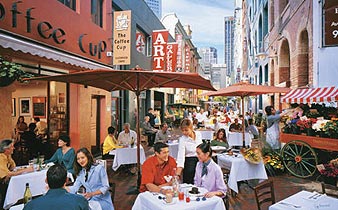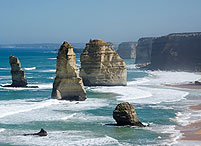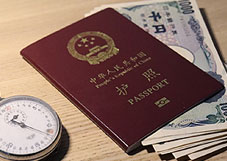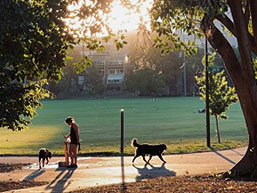NAATI Spanish Translator for Marriage Certificate Translation
Email us directly or upload your documents here for translation:Melbourne

Melbourne is the capital and most populous city in the state of Victoria, and the second most populous city in Australia after Sydney. The Melbourne City Centre (also known as the "Central Business District" or "CBD") is the hub of the greater geographical area (or "metropolitan area") and the Census statistical division-of which "Melbourne" is the common name. Melbourne was founded in 1835 (47 years after the European settlement of Australia) by settlers from Launceston in Van Diemen's Land. It was named by Governor of New South Wales Sir Richard Bourke in 1837, in honour of the British Prime Minister of the day, William Lamb, 2nd Viscount Melbourne. During the Victorian gold rush of the 1850s, it was transformed into one of the world's largest and wealthiest cities.
Spanish Marriage Certificate Translation for Melbourne
 Getting your marriage certified translated for official use in Melbourne is easy. Our NAATI certified Spanish translators are ready to assist you and everything can be done online.
Getting your marriage certified translated for official use in Melbourne is easy. Our NAATI certified Spanish translators are ready to assist you and everything can be done online.
- Leading provider for NAATI certified Spanish translation
- Fast Spanish translation with no extra charges
- Experienced NAATI certified translators based in Australia
Spanish NAATI Translators
Melbourne Document Translation Services
 Get professional document translation for personal or business use. Our translators can handle any type of financial, technical or medical document, with the support of a specialised language DTP team for typesetting translations into design material such as brochures, product packaging and technical reports.
Get professional document translation for personal or business use. Our translators can handle any type of financial, technical or medical document, with the support of a specialised language DTP team for typesetting translations into design material such as brochures, product packaging and technical reports.
All documents received are confidential. Get in touch today for any translation requirement.


More about the Spanish Language
Spanish (español) is a Romance language named for its origins as the native tongue of a large proportion of the inhabitants of Spain. It is also named Castilian after the Spanish region of Castile where it originated.
The first documents regarded as precursors of modern Spanish are from the ninth century. The dialects reflected in those documents emerged from the ancestral Vulgar Latin (common Latin), which had been brought to Iberia by the Romans during the Second Punic War around 210 BC, absorbing influences from the native Iberian languages such as Celtiberian, Basque and other paleohispanic languages.
